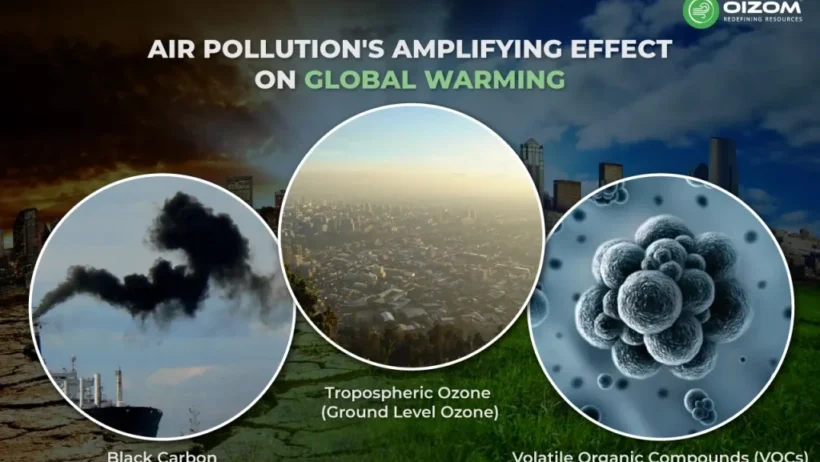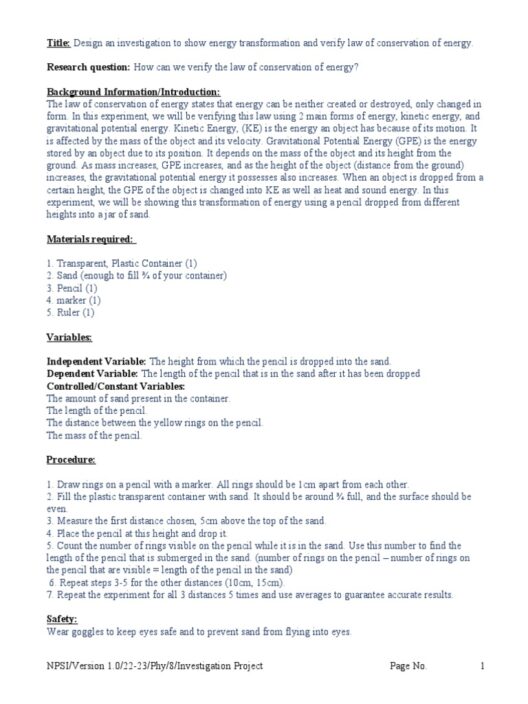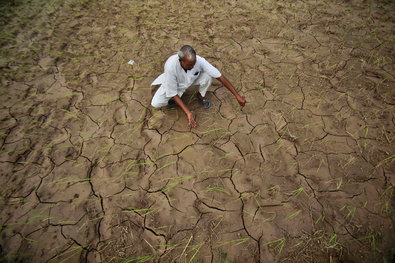Air and water pollution are pressing environmental issues that have garnered widespread attention in recent years. While the immediate effects of these forms of pollution are often visible—such as smog in urban areas or contaminated drinking water—they also contribute significantly to the broader phenomenon of global warming. Understanding the interconnectedness of these environmental challenges reveals a complex web of causation that has profound implications for our planet’s future.
To comprehend the relationship between pollution and global warming, it is essential to define both concepts clearly. Air pollution typically involves the presence of harmful substances in the atmosphere, including greenhouse gases (GHGs) like carbon dioxide (CO2), methane (CH4), and nitrous oxide (N2O). Water pollution, on the other hand, refers to the introduction of contaminants into water bodies, which can adversely affect aquatic ecosystems and human health. These pollutants not only pose immediate threats to environmental integrity but also have deleterious effects on the climate system.
One of the most pernicious ways in which air pollution contributes to global warming is through the release of greenhouse gases. Fossil fuel combustion for energy production, transportation, and industrial processes emits large quantities of CO2 and other GHGs. These gases trap heat in the Earth’s atmosphere, leading to an increase in global temperatures. The correlation between industrial activity and elevated CO2 levels is unequivocal, with data indicating a correlation between economic growth and rising emissions. As nations strive for economic advancement, the reliance on fossil fuels often intensifies, aggravating the global warming crisis.
Moreover, the interplay between air and water pollution compounds the effects of climate change. For instance, aerosol pollution, which includes tiny particles emitted from vehicles and industrial activities, can have a dual effect by both reflecting sunlight and absorbing heat. This results in a complex feedback loop that exacerbates global warming. In addition, certain pollutants, such as black carbon or soot, settle on ice surfaces, decreasing their albedo—their ability to reflect sunlight. This leads to accelerated melting of ice caps and glaciers, resulting in higher sea levels and altered ocean currents, further intensifying global warming.
Water pollution also has significant implications for global warming. Contaminated bodies of water can release methane—a potent greenhouse gas—through anaerobic decomposition of organic matter. This is particularly notable in eutrophic lakes and wetlands, where nutrient runoff promotes algal blooms and ultimately leads to oxygen depletion. As these organic materials decompose in the absence of oxygen, they produce methane, further contributing to the greenhouse effect. Notably, this feedback mechanism emphasizes the urgency of addressing water pollution as part of climate change mitigation strategies.
Additionally, the warming of oceans due to climate change has repercussions for water quality. Higher water temperatures can lead to the proliferation of harmful algal blooms, which not only degrade water quality but also release toxins harmful to aquatic life and human health. The cascading effects of this phenomenon underscore the need for a multifaceted approach that addresses both air and water pollution concurrently. As water bodies become increasingly compromised, they exacerbate the effects of climate change, creating a vicious cycle that diminishes ecosystem resilience.
A further exploration of the intricate connections between air and water pollution is evident in the impact of industrial agriculture. The widespread use of fertilizers leads to nutrient runoff into nearby water bodies. This runoff often results in hypoxia—an oxygen-depleted state detrimental to marine life. As aquatic plants and organisms decompose, they not only produce methane but also release other GHGs, rendering agricultural practices a significant contributor to global warming. Reducing agricultural runoff through sustainable practices could mitigate these effects and enhance climate resilience.
In terms of policy implications, it is crucial that decision-makers recognize the interconnected nature of these environmental issues. Efforts to combat climate change must not only focus on reducing carbon emissions but also address the broader spectrum of pollution that contributes to atmospheric warming. Clean air and water regulations, coupled with comprehensive strategies for mitigating industrial emissions, can yield significant benefits in the fight against global warming.
Community engagement and education play pivotal roles in addressing these challenges. Local initiatives aimed at reducing pollution, promoting sustainable practices, and raising awareness can contribute to both air and water quality improvements. Collaboration between governmental bodies, non-governmental organizations, and the private sector is essential for fostering a holistic understanding of these interrelated issues. Collective action at the community level can lead to meaningful change and serve as a model for larger-scale efforts.
In conclusion, air and water pollution are not isolated phenomena; rather, they are deeply interwoven with the larger tapestry of climate change. The pollutants we emit into the atmosphere and the contaminants we release into our water bodies collectively contribute to the alarming trend of global warming. By acknowledging this interconnectedness, we can foster a more robust approach to environmental protection that encompasses both air and water quality initiatives. As we move forward, it is imperative that we cultivate an understanding of these complexities and strive for solutions that ensure a sustainable future for our planet.








